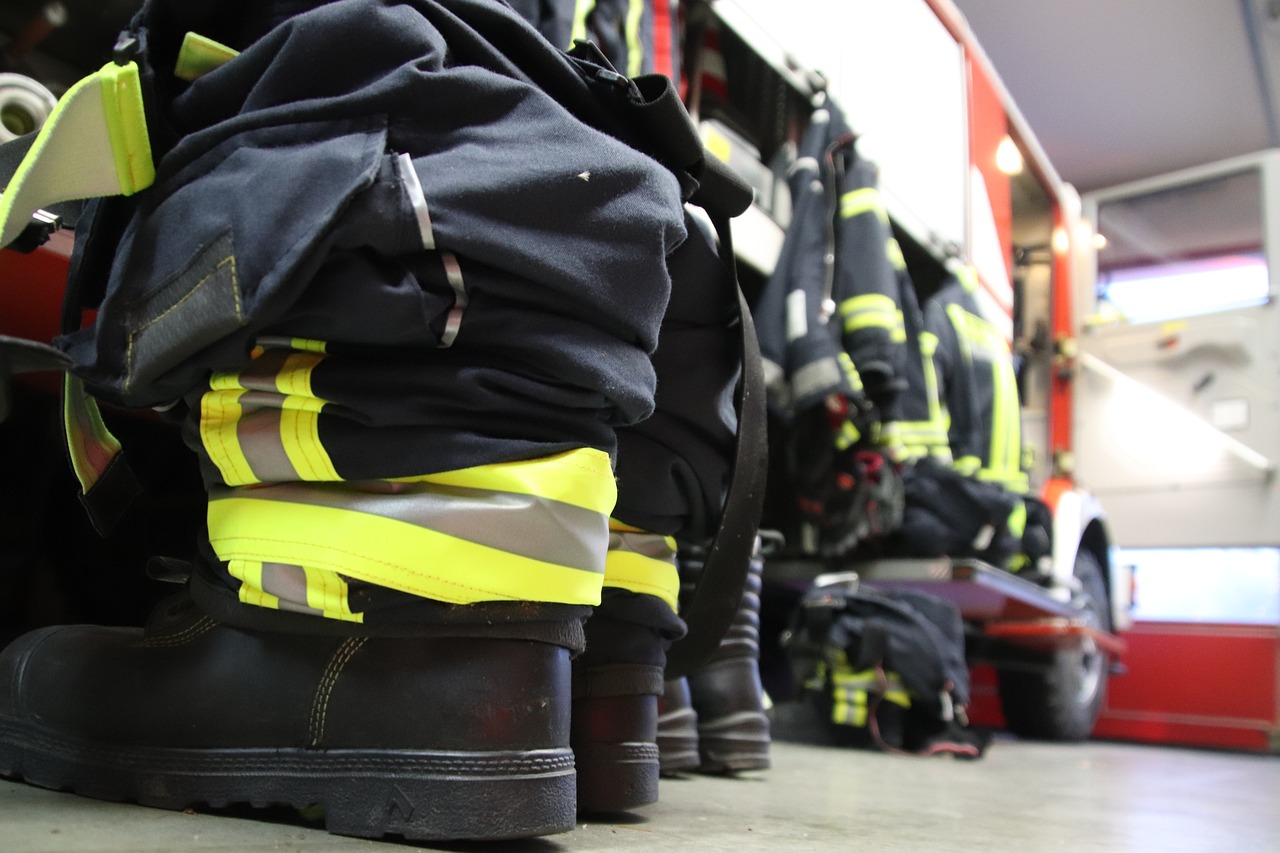Most incidents, whether they be accidents, construction zones, or emergencies, require a well-coordinated response to ensure safety and efficient management. In incident command, the use of traffic cones and barriers is paramount. These simple yet effective tools play a crucial role in guiding traffic, delineating safe zones, and ensuring the smooth flow of operations during chaotic situations. This informative blog post will explore the reasons why traffic cones and barriers are indispensable for effective incident command, highlighting their importance in maintaining order, safety, and control in high-stress environments.
Traffic Cones and Barriers in Incident Command
Functions of Traffic Cones in Incident Control
With their bright colors and reflective surfaces, traffic cones play a crucial role in guiding vehicles and pedestrians safely around incident scenes. They help to create a clear and visible delineation of the affected area, preventing further accidents and ensuring a smooth flow of traffic.
Roles of Barriers in Maintaining Order
Functions of Barriers in Maintaining Order
Barriers are necessary tools in incident command for maintaining order and security. They help to control access to restricted areas, keeping unauthorized personnel away from potentially dangerous situations. By establishing a physical boundary, barriers also assist in crowd control and prevent interference with emergency response efforts.
Safety Considerations
Protection of Emergency Responders
If emergency responders are exposed to traffic while attending to an incident, they are at risk of being struck by passing vehicles. To prevent such occurrences, traffic cones and barriers are vital. These tools create a clear boundary between emergency personnel and oncoming traffic, ensuring the safety of those working to resolve the incident.
Safety of Bystanders and Drivers
Any bystanders or drivers near the scene of an incident can also be at risk if traffic control measures are not in place. Traffic cones and barriers not only protect emergency responders but also ensure the safety of those passing by or observing the situation. Without these precautions, there is a higher likelihood of accidents occurring due to confusion or distraction caused by the incident.
Strategic Placement and Visibility
Guidelines for Placing Traffic Cones and Barriers
Barriers and traffic cones play a crucial role in directing traffic and keeping both motorists and road workers safe during emergencies or construction work. When placing traffic cones and barriers, it is important to follow specific guidelines to maximize their effectiveness. Ensure cones are placed in a straight line to indicate a clear path for vehicles to follow and place barriers in a way that prevents unauthorized access to the work zone.
Enhancing Visibility for Incident Prevention
Prevention is key in ensuring the safety of all individuals involved in a road incident or construction project. Enhancing visibility through the use of brightly colored traffic cones and barriers can help prevent accidents by making the work zone more noticeable to passing motorists. Reflective materials on cones and barriers can increase visibility during nighttime operations, reducing the risk of collisions and ensuring the safety of everyone on the road.
Enhancing visibility through the strategic placement of traffic cones and barriers not only helps in preventing incidents but also aids in maintaining smooth traffic flow in and around the work zone. By following proper placement guidelines and ensuring high visibility of these safety measures, incident command teams can effectively manage emergencies while keeping everyone safe on the road.
Regulatory and Compliance Issues
Legal Requirements for Traffic Control Devices
Control of traffic during incidents is governed by strict legal requirements that mandate the use of traffic control devices such as cones and barriers. These devices help maintain order, protect emergency responders, and ensure the safety of motorists passing through incident scenes. Failure to comply with these regulations can result in fines, penalties, or legal consequences for agencies and individuals involved in incident management.
Compliance with National Incident Management System (NIMS)
To effectively manage incidents, it is crucial for agencies to comply with the National Incident Management System (NIMS) guidelines. NIMS provides a systematic, proactive approach to guide departments and organizations at all levels of government, non-governmental organizations, and the private sector to work seamlessly together during emergencies. Compliance with NIMS ensures a coordinated response, clear communication channels, and efficient allocation of resources to manage incidents effectively.
The National Incident Management System (NIMS) is a comprehensive framework designed to improve coordination and communication in incident management. It establishes a common, nationwide approach to enable different organizations to work together seamlessly during incidents, regardless of their size or scope. By adhering to NIMS guidelines, agencies can enhance their capabilities, streamline their response efforts, and better protect lives and property during emergencies.
Summing up
Ultimately, traffic cones and barriers are imperative tools for incident command because they help to establish a safe and organized perimeter around the incident site. By clearly marking off the area, these tools ensure the safety of both responders and the public. Additionally, traffic cones and barriers help to manage traffic flow, guide vehicles away from the incident site, and prevent further accidents or injuries. Their use is crucial for maintaining control of the scene, preserving evidence, and allowing emergency personnel to effectively and efficiently manage the situation. In any incident command operation, the proper use of traffic cones and barriers is a critical component in ensuring a successful and safe response.


